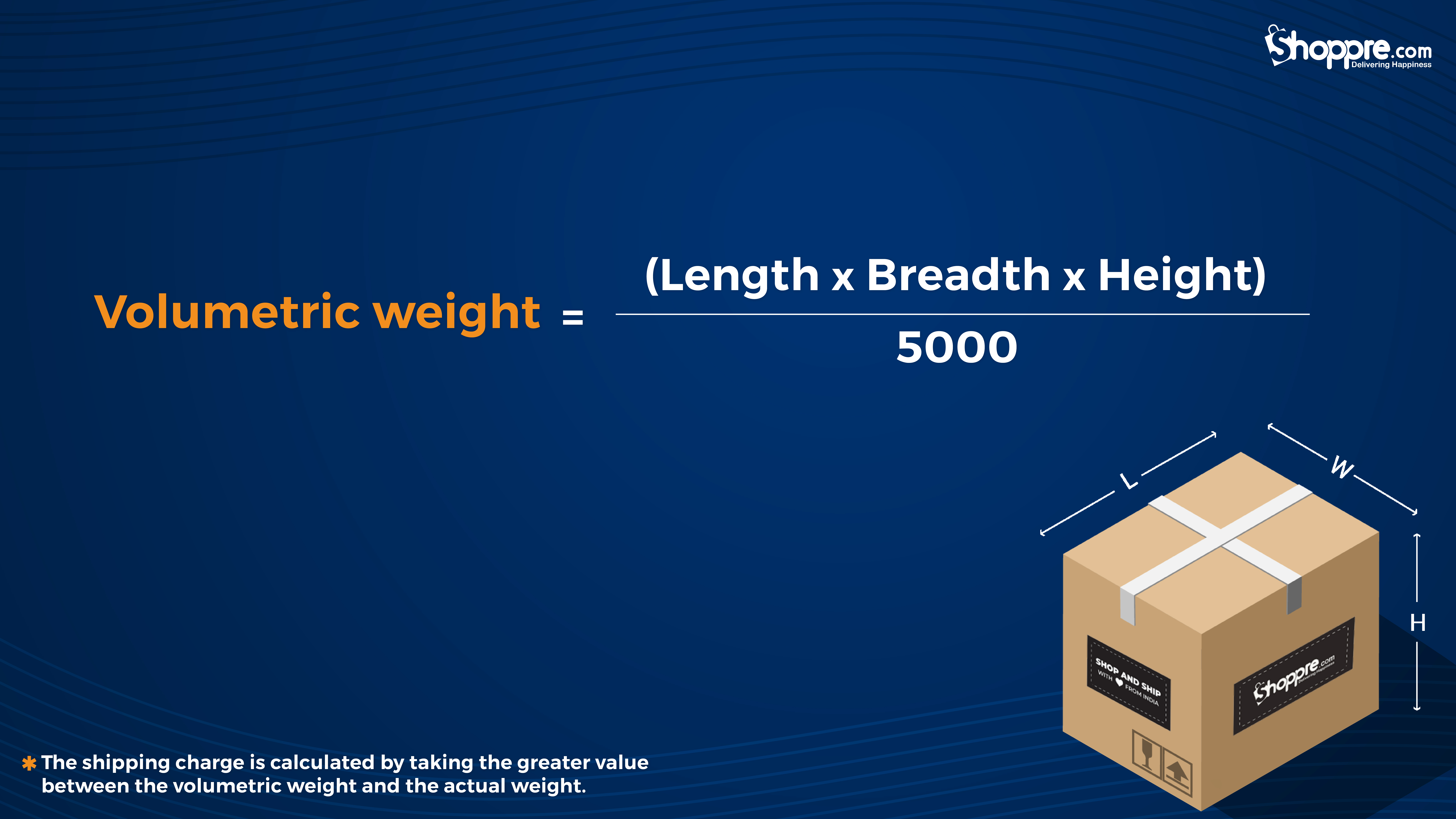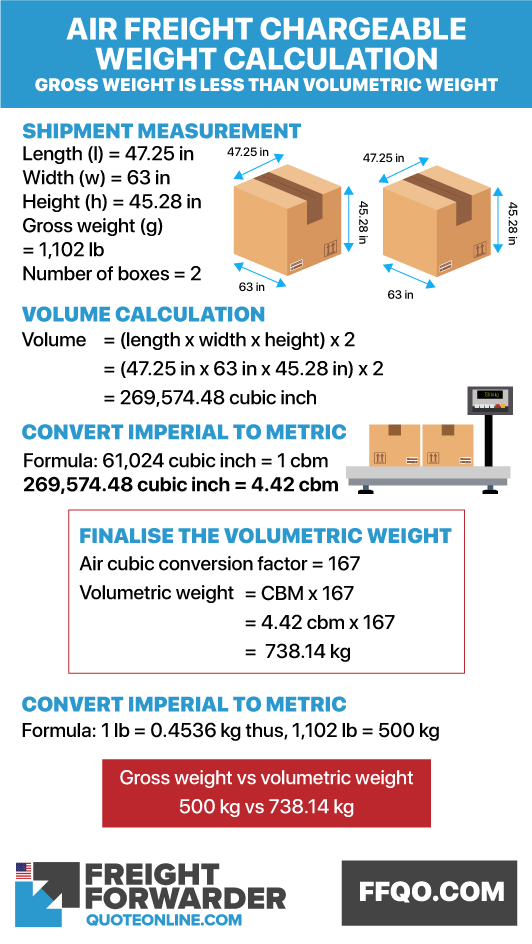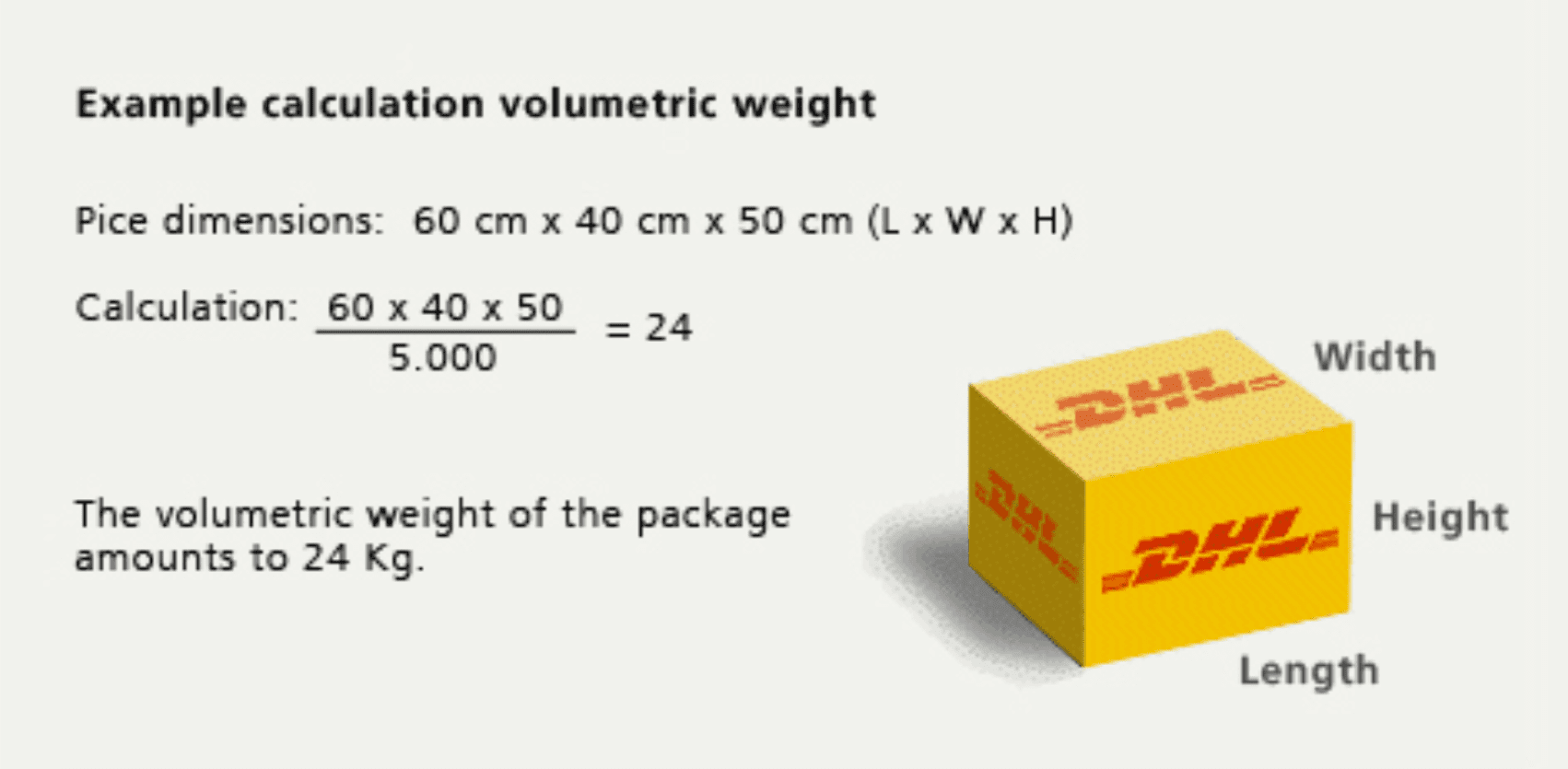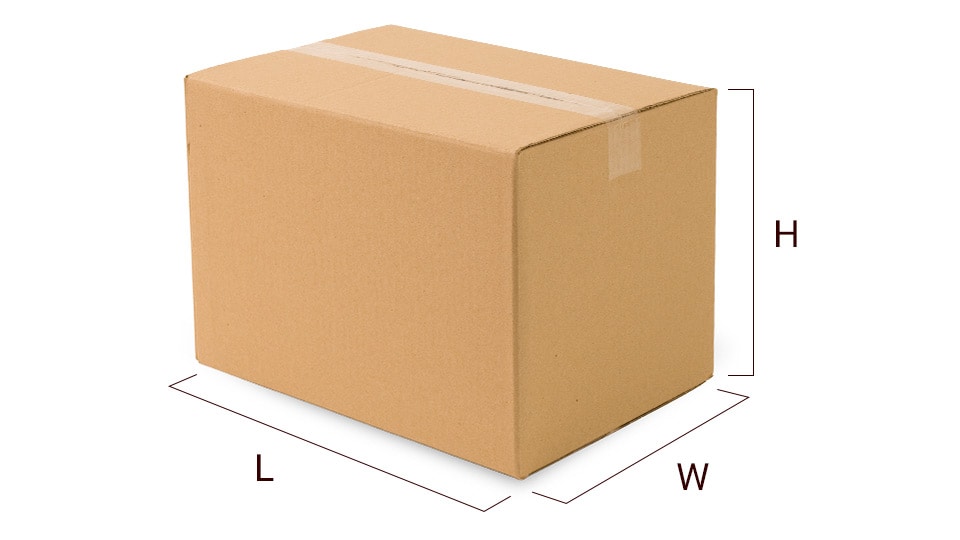ニュース How do you calculate international shipping weight?. トピックに関する記事 – How do you calculate shipping weight

Divide the cubic size in inches by the divisor to calculate the dimensional weight in pounds. Increase any fraction to the next whole pound. The divisor varies by rate type: 139 for Daily Rates; 166 for Retail Rates. Dimensional Weight = (L x W x H) ÷ Divisor.The ship's deadweight is defined as : DWT = DWTc + DWTFO + DWTFW + DWTC&E + DWTPR (9.2) where DWTc is the cargo deadweight ; DWTFO is the fuel oil weight ; DWTFW is the lube oil weigh; DWTC&E represents the weight of crew and their effects and DWTPR is the weight of provisions.The number 6,000 was defined by the IATA years ago on the basis of experience, as a cubic metre of freight weighs an average of 166.7 kg.

Why do we divide by 5000 for volumetric weightWhy should volumetric weight be divided by 5000 Different carriers may charge you differently based on the type of service or their rules in general; however, for international shipping, the most common volumetric weight constant is 5000 m3/kg.
How does DHL calculate weight
Determining Chargeable Shipping Weight
Calculate dimensional weight by multiplying length by width by height of each package (cubic size) Divide the cubic size by 166 (if measured in inches) or by 6,000 (if measured in centimeters). This is the dimensional weight of your package.Calculate KG: KG = VMOM/Mass = 20.528/15.59 = 1.317 m above the base line, BL. From the vessel's mass displacement of 15.59 tonnes the values for the reference draught TKC and the KM can be found from the table of hydrostatic curves on page 38.
What is the formula for kg of a ship
Calculate KG: KG = VMOM/Mass = 20.528/15.59 = 1.317 m above the base line, BL. From the vessel's mass displacement of 15.59 tonnes the values for the reference draught TKC and the KM can be found from the table of hydrostatic curves on page 38.

Yes, shipping is calculated by weight and distance. Additionally, factors such as courier service, delivery speed, and package dimensions influence the cost of shipping.
Do you divide volumetric weight by 5000 or 6000
Most road freight, air freight services and airlines use a 6,000 divisor. To calculate the volumetric weight for a freight shipment, multiply the length x width x height in cm and divide by 6,000.Calculating the Volumetric Weight of Your Shipment
Our shipment consists of two packages, each measuring 120 cm in length, 80 cm in width, and 50 cm in height. The formula: ( ( L x W x H, in centimetres ) / 6,000 ) x number of packages( ( 120 x 80 x 50 ) / 6,000 ) x 2 = our shipment has a volumetric weight of 160kg.Volumetric Weight Calculator
The formula for calculating volumetric weight is length x width x height (cm) / 5000.

DHL Weight Limit Per Shipping Service
| DHL Service | Weight Limit (lbs) |
|---|---|
| DHL – Economy Select | 154 lbs |
| DHL – Express Worldwide | 154 lbs |
| DHL – Express 12:00 International | 66 lbs |
| DHL – Express 10:30 International | 66 lbs |
What does shipping weight includeIn shipping, gross weight is used to calculate the total weight of a shipment, including the cargo, its packaging, and any additional equipment used to secure and transport the goods.
How do you calculate chargeable weight for a sea shipmentA shipment's dimensional weight is calculated by dividing its volume (units × length × width × height) by a “dim factor.” The lower the dim factor, the greater the dimensional weight. Between actual weight and dimensional weight, the number that is higher becomes the shipment's chargeable weight (aka billable weight).
What is the formula for net tonnage of a ship
Net tonnage ITC (NT ITC) is determined by the formula: NT ITC = K 2 V c ( 4 d 3 D ) 2 + K 3 ( N 1 + N 2 10 ) in which: Vc = total volume of cargo spaces in cubic meters.

On cargo ships, it's a two dimensional thing – volume and weight. A ship's cargo volume capacity is indicated by the net tonnage indicated on its tonnage certificate. Each ton for gross or net tonnage is 100 cubic feet. If very heavy cargo is carried, the ship's loadout is limited to the amount of cargo deadweight.Therefore, a ship's design, construction and weight are optimised to match its buoyancy. The general weight of an average-sized cargo ship is somewhere around 165,000 tons, while smaller vessels weigh about 50,000 tons and larger vessels approximately 220,000 tons.DIM weight is calculated by multiplying the length, width, and height of the package or box size, then dividing by a standard DIM divisor. Shipping carriers like USPS, FedEx, and UPS calculate shipping charges based on whichever is greater: the actual weight of the package or its DIM weight.
